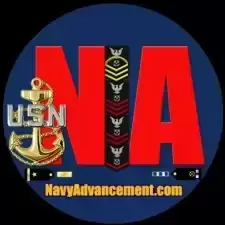COMMAND PAY AND PERSONNEL ADMINISTRATOR (CPPA) PROGRAM
-
👉 Latest News
-
- 0 replies
- 232 views
-
Lawmakers want DOD to provide data on troops’ tuition assistance complaints
By Tony, in Navy Training and College Forum | Education
- 0 replies
- 308 views
-
FY 25 CPO (E7) Selection Board
By Tony, in Chief Selection Board Forum | Results, Preparation, Records
- 7 replies
- 8,068 views
-
FY25 NAVY ACTIVE DUTY AND RESERVE COMPONENT ENLISTED ADVANCEMENT SELECTION BOARDS FOR CHIEF PETTY OFFICER
By Tony, in Chief Selection Board Forum | Results, Preparation, Records
- 0 replies
- 997 views
-
- 0 replies
- 1,145 views
-

Recommended Posts
Join the conversation
You can post now and register later. If you have an account, sign in now to post with your account.
Note: Your post will require moderator approval before it will be visible.